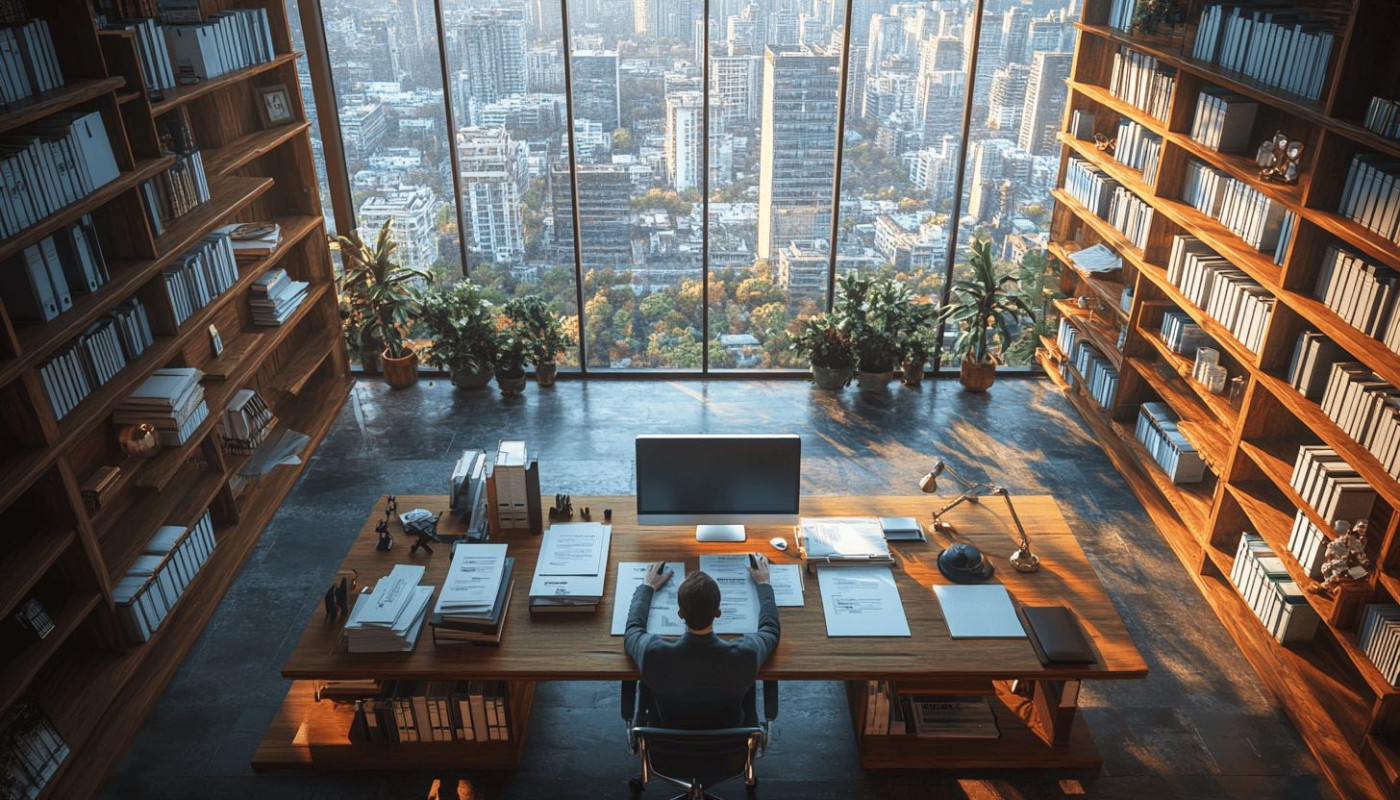Table of contents
Are you considering investing in property or simply curious about how the ever-shifting sands of local market trends can impact property values in a region? Brive, with its unique geographical location and cultural richness, serves as an exemplary case study in this regard. Local market trends are a mirror reflecting a multitude of factors, from economic shifts to demographic changes. Understanding these trends is vital for homeowners, investors, and real estate professionals alike. As property values fluctuate in response to these local dynamics, it is imperative to grasp the underlying mechanisms at play. This exploration will not only shed light on the nuances of Brive's property market but also provide a broader understanding of the intrinsic link between local trends and property values. Dive in to unveil the layers of this complex relationship and discover how to potentially forecast and respond to the changes in property valuation within such a vibrant locale.
The Interplay Between Economic Growth and Property Values
Economic growth in Brive has a symbiotic relationship with real estate demand, where each influences the other in significant ways. A surge in employment rates, often a sign of economic prosperity, typically leads to an increased demand for housing, as more people have the financial stability to purchase property. This, in turn, can cause property value trends to skew upwards. Similarly, local business expansion impact on the housing market can be profound; as businesses grow and new ones emerge, they attract workers from other areas, who contribute to the demand for residential and commercial spaces. Additionally, when key infrastructure and property prices are considered, a clear pattern emerges. Investment in transportation, schools, hospitals, and other public services makes a location more desirable, further escalating property values. The technical term that captures the essence of this phenomenon is "supply and demand equilibrium." As the available housing supply in Brive struggles to keep pace with the burgeoning demand spurred by economic development, property values are inevitably pushed higher, showcasing a direct correlation between the health of the local economy and real estate market viability.
Demographic Shifts and Housing Demand
Demographic changes in Brive play a pivotal role in shaping housing demand and, by extension, property values in the region. As the age distribution of a population evolves, so too does the need for different types of housing. An aging population may increase demand for single-story homes and assisted living facilities, while a surge in the youth demographic can lead to a rise in demand for smaller, affordable units suitable for singles or young couples. Migration patterns further complicate the housing demand fluctuation, as incoming residents often bring different lifestyle preferences and housing needs.
Population growth and real estate are intrinsically linked, with a growing population often translating to a higher demand for housing. The property value response to demographics is a complex interplay, where a demographic-driven demand for certain types of properties can significantly impact market values. For instance, an influx of families might heighten the need for larger homes with yards, thus inflating the value of such properties. Conversely, if there is a trend of downsizing or a preference shift towards urban living, smaller apartments and townhouses may see an uptick in value.
Understanding housing market trends, particularly those driven by demographic shifts, is indispensable for stakeholders in the real estate sector. Urban planners and demographic analysts stress that anticipating these changes can offer a competitive edge to developers, investors, and homeowners alike. The deep connection between demographic dynamics and the real estate market in Brive underscores the importance of monitoring these trends to make informed predictions about property values and investment potential.
Local Amenities and Property Attractiveness
When assessing the dynamics of real estate in Brive, the presence and caliber of local amenities emerge as pivotal factors driving property attractiveness. Indeed, the relationship between the proximity to features such as reputable schools, well-maintained parks, and comprehensive shopping centers is closely intertwined with the desirability of properties. Homes that enjoy the convenience of nearby high-quality amenities invariably benefit from a "location premium" in their valuation, reflecting the increased willingness of potential buyers to invest in both a property and the lifestyle it affords.
Real estate professionals and urban developers recognize that amenities-driven property pricing is not a mere trend but a steadfast element in appraising property worth. It's not only about the tangible asset but also about the quality of life and access to services that define a locale's fabric. Therefore, properties nestled in areas rich with sought-after local amenities in Brive often command higher market prices, as they offer residents an enriched living experience that extends beyond the confines of their homes. The correlation is clear: superior proximity to amenities value enhances real estate prospects, solidifying Brive's status as a place where the allure of amenities significantly influences the economic tapestry.
Impact of Real Estate Policies on Property Values
Local government policies, such as zoning laws, tax incentives, and housing regulations, play a pivotal role in shaping the real estate landscape in Brive. The effect of these policies is multi-fold, influencing property values both directly and indirectly. For instance, zoning laws dictate land use and development restrictions, which can limit supply and thereby increase property values or vice versa. Additionally, property tax incentives provided for certain developments can make an area more desirable, leading to higher demand and increased property values. On the other hand, stringent housing regulations may curb development, potentially stifling the growth of property values. Understanding the interplay between these factors is vital for investors and homeowners alike, as policy-induced valuation changes can significantly impact the return on investment. To navigate this complex terrain, insight from a legal expert or someone with a profound understanding of real estate law and policy is indispensable. Such expertise is necessary to discern the nuances of how real estate policies in Brive, zoning laws effect, property tax incentives, housing regulations impact, and government policy property value all converge to shape the local market.
Moreover, these policy-induced valuation changes underscore the need for due diligence when investing in or selling property. The market is continually evolving, and staying informed on the latest government policies can mean the difference between a lucrative investment and a stagnant one. For those looking to delve deeper into the intricacies of the Brive real estate market, use this link as a helpful resource to guide their decisions.
Historical and Cultural Influences on Valuation
The fabric of Brive's identity is interwoven with its storied past and vibrant culture. When assessing property values in this region, it's pivotal to consider the impact that Brive's rich historical and cultural heritage has on real estate. Properties that boast historical significance or are nestled within culturally rich areas often command a cultural heritage property value premium. This is a reflection of the unique character and timeless appeal that these properties offer. It is not just the allure of owning a piece of history that captivates buyers, but also the opportunity to be part of Brive's cultural tapestry.
Heritage properties in Brive can attract a premium, not only for their architectural beauty but also for their rarity and the narrative they contribute to the community's collective memory. This can lead to a notable increase in property values, as the historical significance in real estate is a key factor that discerning buyers are willing to pay extra for. Moreover, Brive's cultural appeal adds another layer of desirability, drawing in those who value a rich cultural life. Such cultural desirability in housing signifies a demand for properties that sit at the heart of Brive's cultural events, festivals, and historical landmarks.
Understanding the cultural value premium is essential for buyers, sellers, and real estate professionals alike. A property's proximity to cultural hubs and historical districts can transform it into a sought-after treasure, appealing to a specific demographic that prizes cultural enrichment and historical charm. It is within this intersection of culture and real estate that one can discern a property's true potential to not just be a home, but a legacy. The ideal author for this discussion would be an expert in cultural heritage or a seasoned historian with an understanding of the real estate market dynamics, capable of illustrating the intricate ways in which culture and history are woven into the valuation of properties in Brive.
Similar













